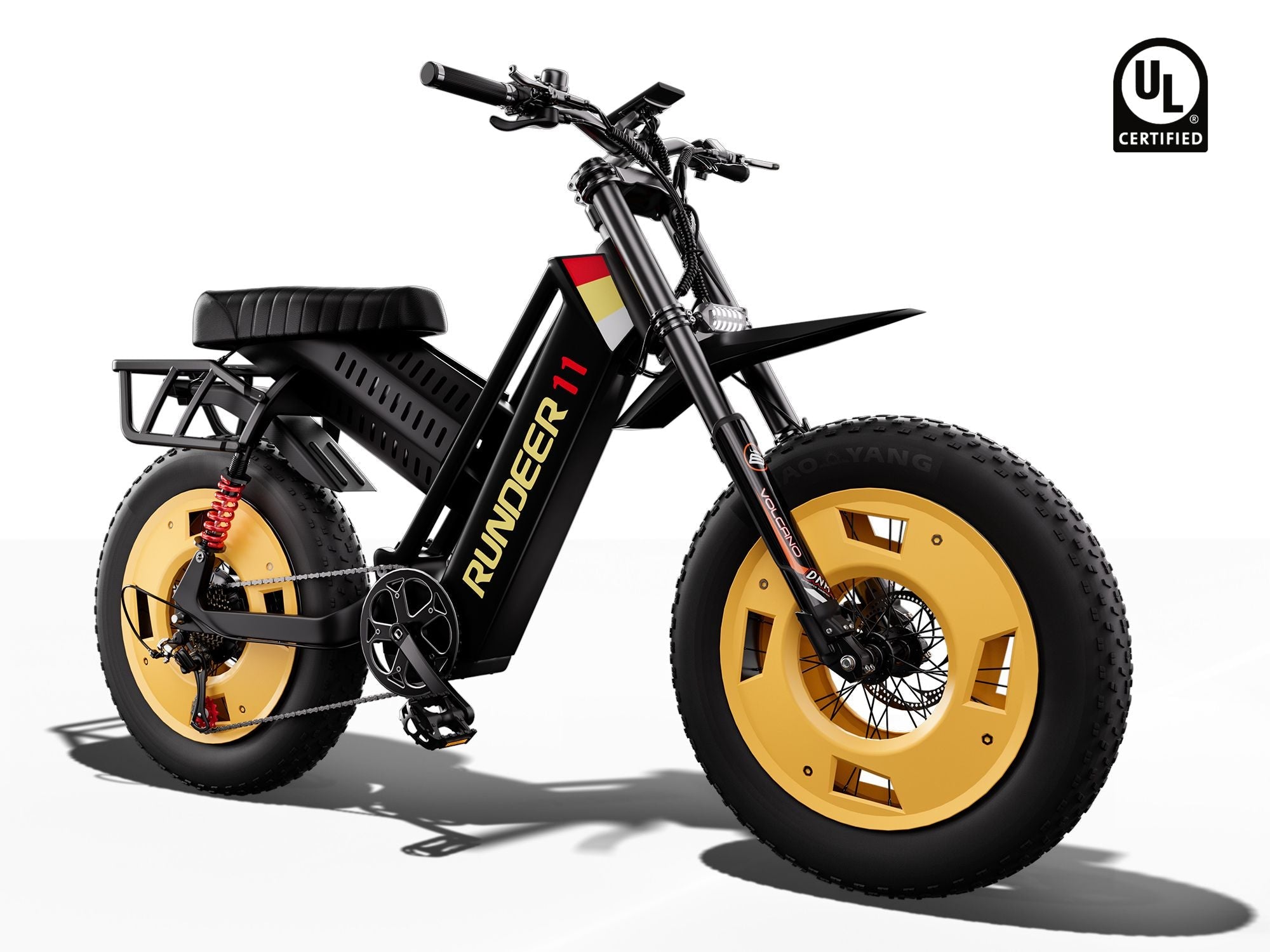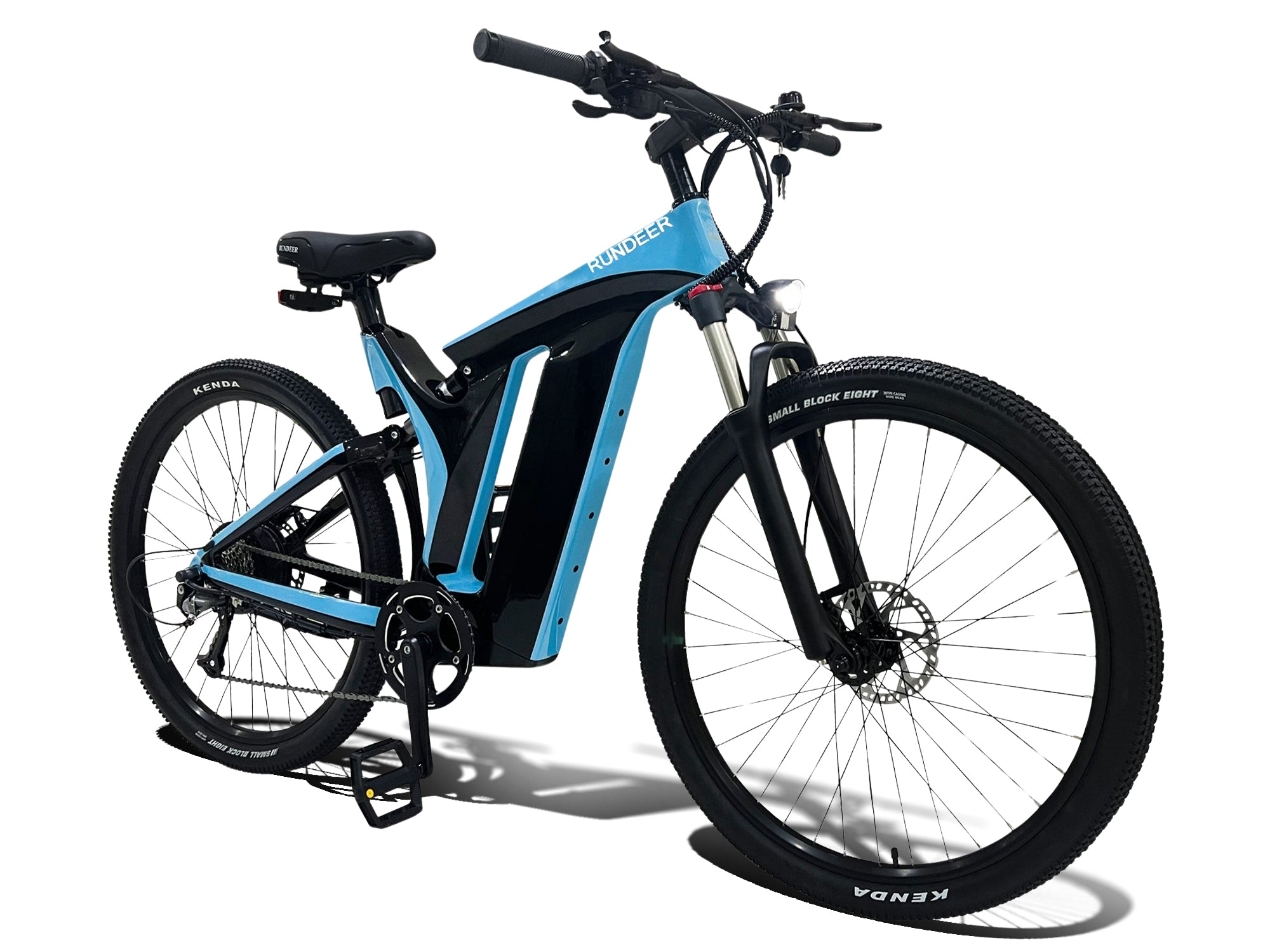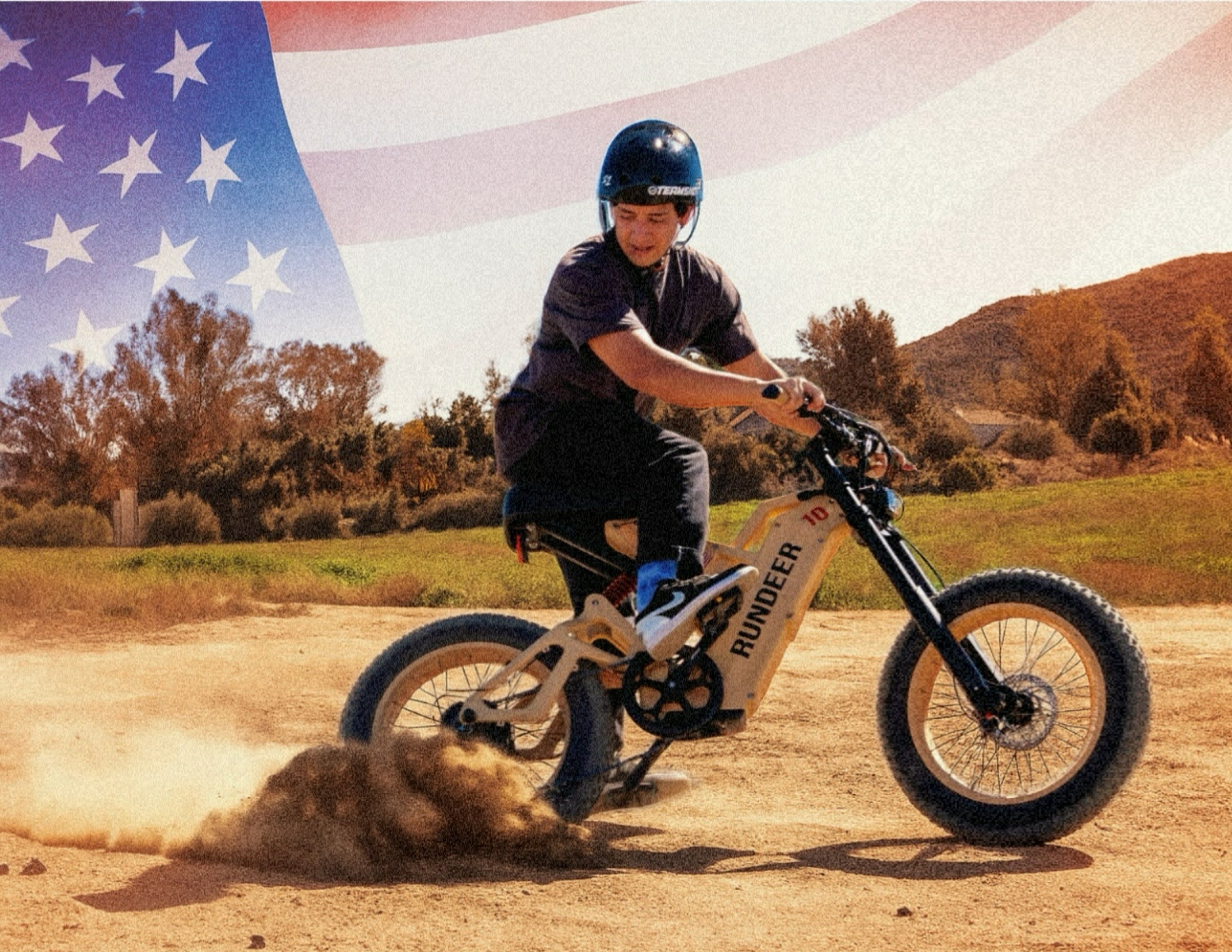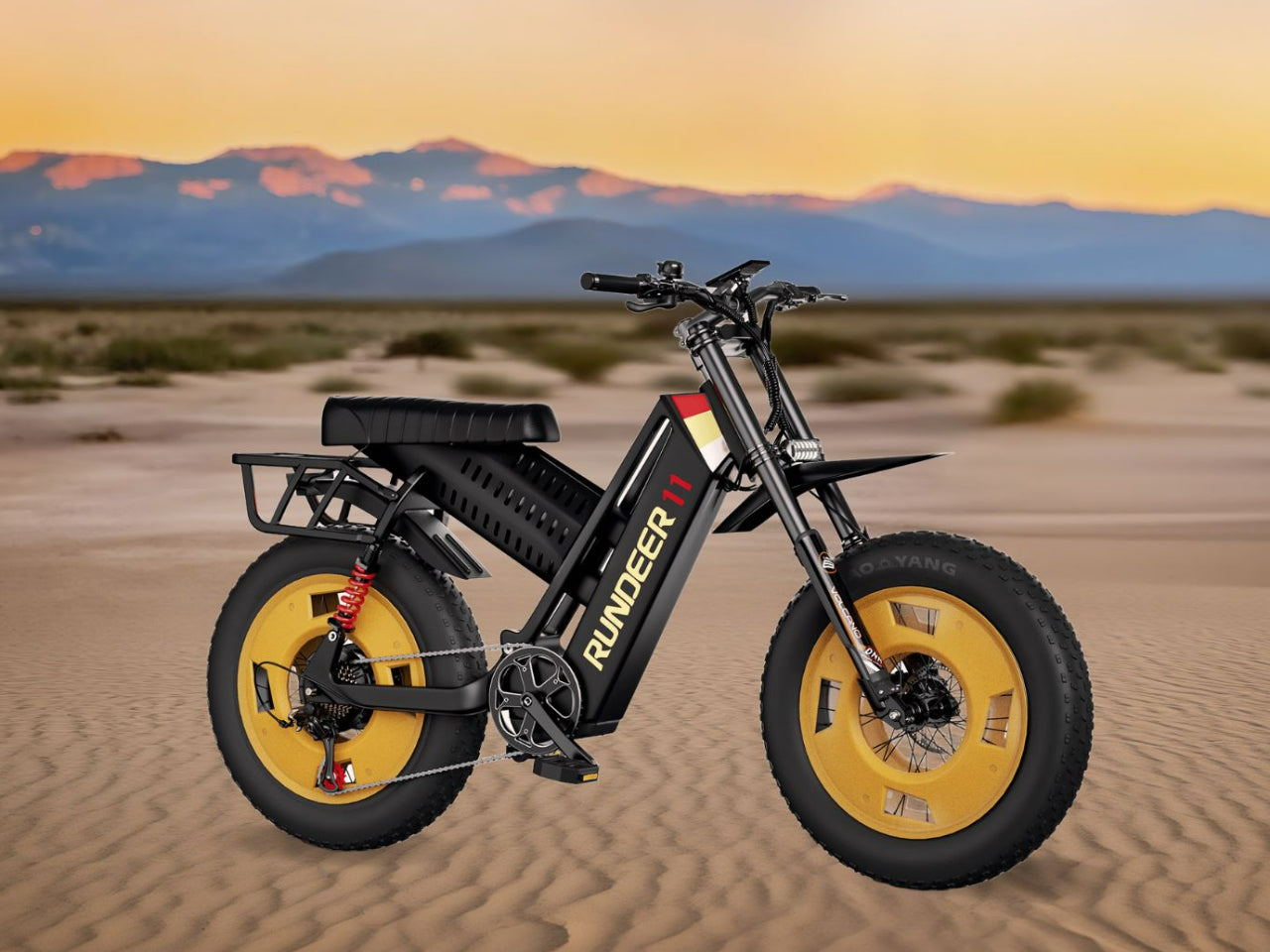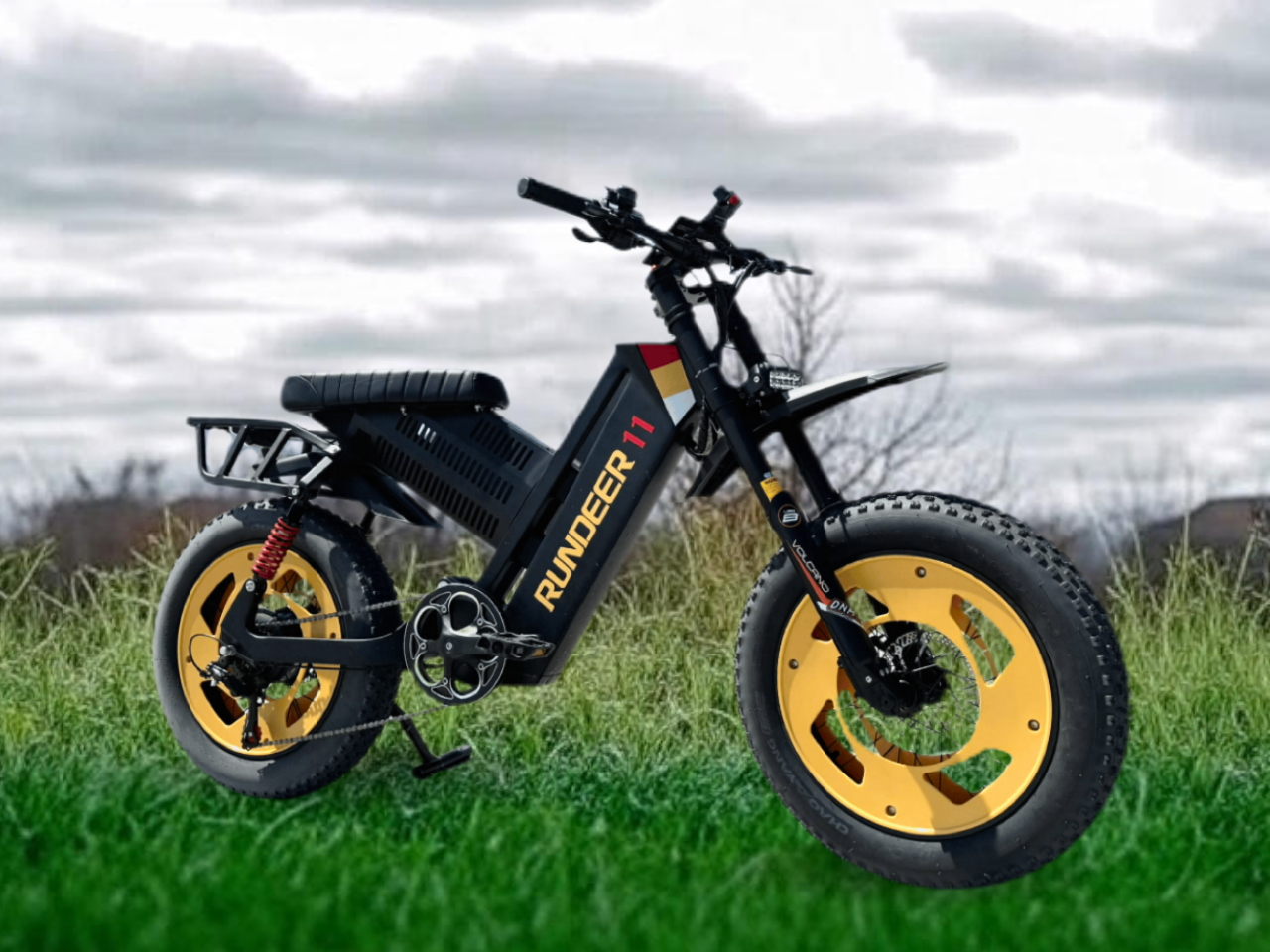On the steep streets of San Francisco, a rider steadily ascends a hill that would leave most traditional cyclists struggling out of the saddle. His advantage isn’t extraordinary fitness — it’s a well-equipped electric bike built for climbing. As motor and battery technologies continue to evolve, what was once a barrier is now an invitation to explore farther and ride smarter.
In this guide, we’ll explore the key features that make a difference on the climb — from motors to batteries to frame geometry — and introduce a model engineered for exactly this challenge.
1. Motor Power & Torque: What Powers a Hill Climbing eBike
When it comes to hill climbing, torque (measured in Nm) is more important than wattage alone. Torque determines the pulling force — the more torque, the better the bike handles inclines.
-
For steep hills, look for motors offering at least 70–95Nm of torque.
-
Mid-drive motors are great for technical climbs, as they use the bike’s gears to boost torque.
-
High-torque hub motors (like 750W–1000W rear hub systems) are also effective and more affordable.
Bottom line: Choose an electric bike with high-torque output to climb with confidence.

2. Adaptive Control: Smart Features for Steep Terrain
Advanced eBikes today offer more than just raw power — they feature smart assistance systems that adapt to terrain.
-
Torque sensors adjust motor output based on your pedal pressure in real time.
-
Multiple riding modes help you switch between eco, trail, and climb settings.
-
Some systems even recognize grade changes and increase motor support automatically.
This kind of responsive control greatly improves efficiency, comfort, and climb capability — especially over long distances.
3. Battery Life: Choosing the Right ebike Battery for Hills
The steeper the ride, the faster your battery drains. That’s why for hill climbing, battery specs matter.
-
Aim for at least a 48V 15Ah battery — ideally 20Ah if you're carrying cargo or doing long routes.
-
Voltage = torque delivery; Amp-hours = range. You need both for climbs.
-
Name-brand cells (like Samsung or LG) offer better consistency and lifespan.
No one wants to run out of juice halfway up a trail. A strong battery means a strong finish.

4. Frame & Gearing: The Best Setup for Climbing Power
Think of your eBike’s frame and drivetrain as the bones and muscles behind the motor.
-
7- or 8-speed gearing gives you room to drop into a climbing gear and save effort.
-
Full suspension helps keep tires planted on uneven terrain — essential for dirt and loose climbs.
-
Fat tires (20x4.0”) offer extra grip and traction when the path turns to sand, gravel, or roots.
-
A strong, lightweight frame gives you the right balance of stability and agility.
Together, these features turn a tough ride into a confident one.
5. Top Picks: Best RUNDEER eBikes for Hill Climbing
Ready to conquer steep hills, rugged trails, and the wild outdoors?
Meet the Rundeer Attack11 — a moped-style, fat tire electric bike engineered for real-world performance.
Why it excels at hill climbing:
- 1200W Peak Rear Hub Motor (1500W Dual Motor Option Available)
- 90Nm Torque — handles up to 30° inclines with ease (pedal assist may be needed on very steep or loose surfaces)
- 48V 20Ah Samsung Battery for long-range power
- DNM Hydraulic Front Fork + 4-Bar Rear Suspension — built for the trail
- Hydraulic Disc Brakes for confident descents
- 20x4” All-Terrain Fat Tires for grip on gravel, sand, or mud
- The Attack11 isn’t just about looks — it’s a true off-road electric bike that turns hills into playgrounds and makes challenging terrain feel like part of the fun.
6. Maintenance Tips: Keeping Your Hill Climbing eBike at Peak Performance
Climbing isn’t just about having the right bike — it’s also about keeping it in top form.
-
Keep your drivetrain clean and lubricated, especially after dusty or muddy rides.
-
Inspect brakes and suspension regularly for safety and performance.
-
Charge smartly and avoid full battery drains — lithium cells last longer that way.
-
Downshift before the hill, not during, to reduce wear and improve climbability.
-
Keep your firmware updated if your bike has a smart controller.
Good habits = a longer-lasting, better-climbing eBike.
Final Thoughts: Ride Up, Not Just Forward
If hills are part of your journey — whether it’s a daily commute or a weekend trail ride — your eBike should be more than just powerful. It should be responsive, stable, and tailored to your terrain. The right combination of torque, gearing, battery capacity, and frame design makes all the difference when the road turns steep.
As eBike technology continues to evolve, climbing no longer has to mean struggling. We hope this guide helps you find the perfect electric bike to match your needs — so you can ride confidently, climb effortlessly, and turn every uphill challenge into part of the adventure.

